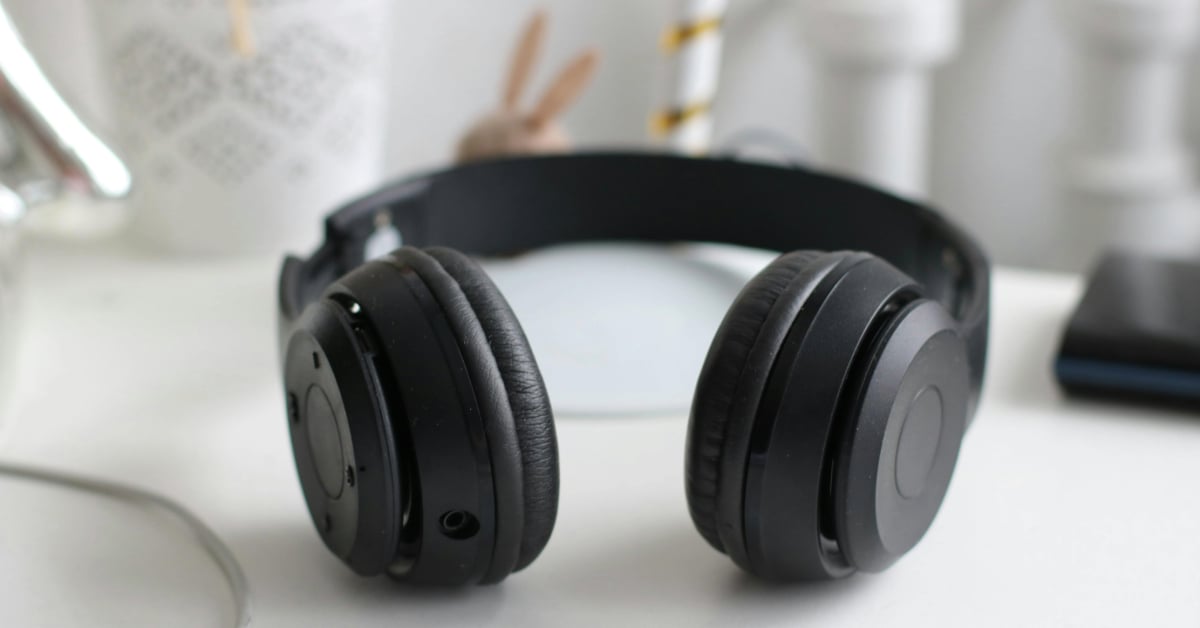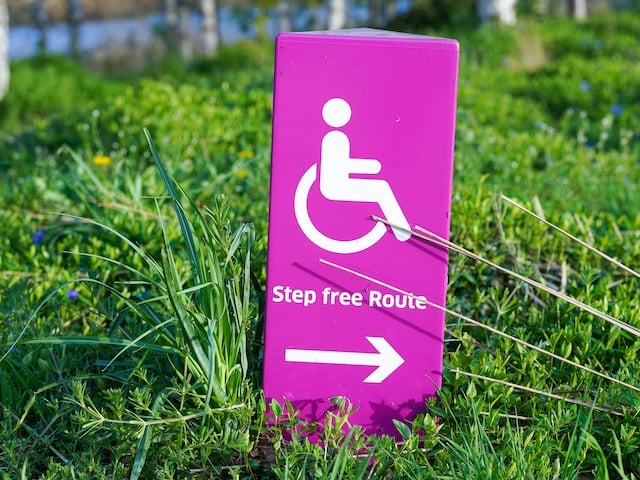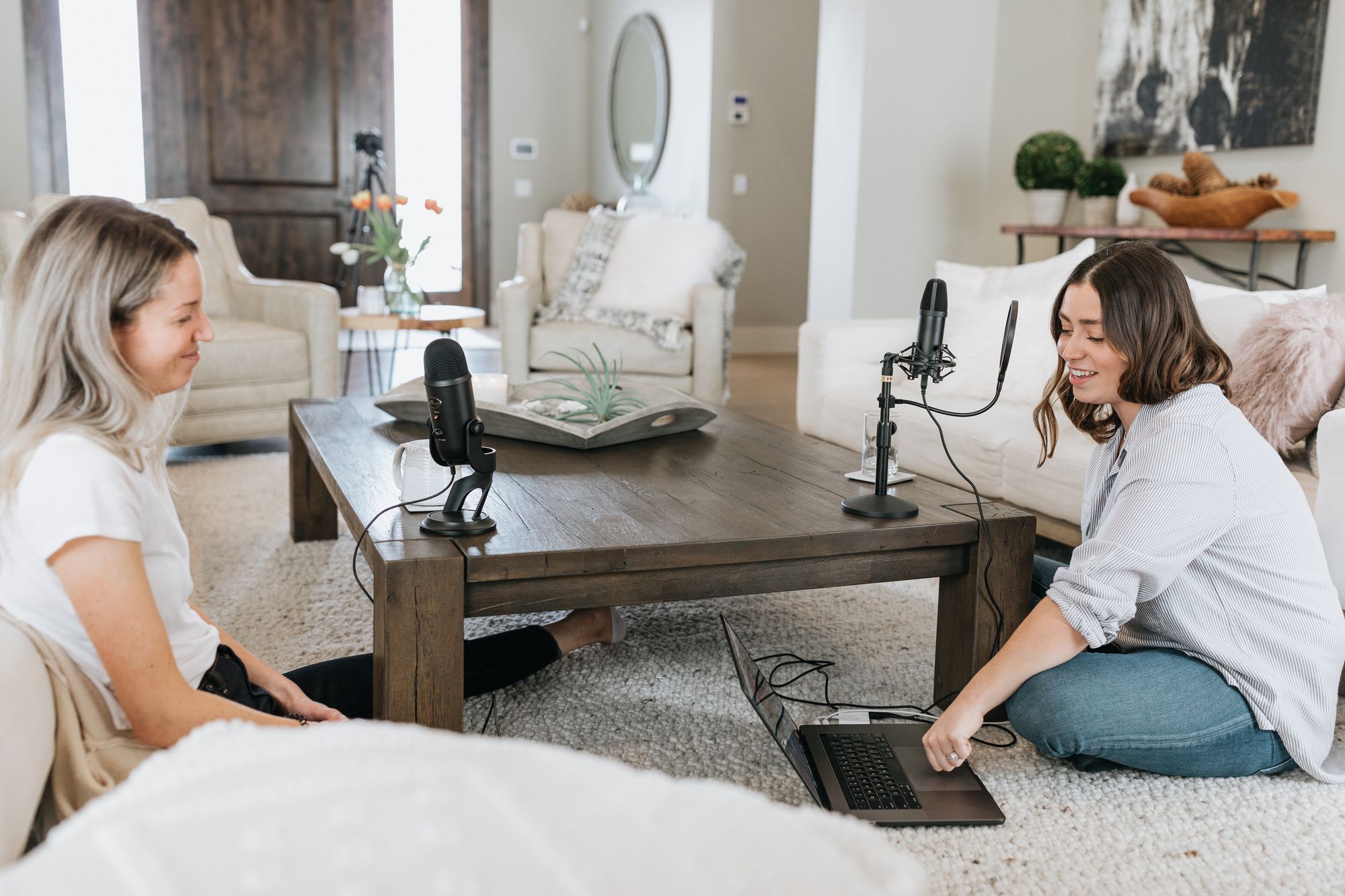Essentials
Podcasting Essentials
Related articles:
An inevitability of every podcaster on the cusp between hobbyist and taking things seriously is sitting on the front page of a podcast outlet, staring at the featured shows and wondering “how do I get there?” For some, the process requires manual submission and curation by an actual person working at the company. Others rely on opaque algorithms that pull podcasts based on particular metrics within set windows of time. This blog serves as a jumping-off point for six big places with some variation of a “featured podcasts” playlist users see regularly and the ways one can get their show up there in digital lights.
Apple Podcasts
The old guard of the medium, podcasting’s very name derived from a now-defunct Apple product, Apple Podcasts (née iTunes) is still the gold standard for thousands of listeners, and what ends up in their curated Featured sections are nearly guaranteed a bump in downloads. An Apple Podcasts feature is the podcasting equivalent of getting space on a Times Square billboard.
One can submit their podcast through their official Apple Podcast Promotion Request form on Airtable. It’s a straightforward form that asks for the basic details of your show, your marketing plans, download forecasts, a 4320 x 1080 layered PSD promotional artwork, and the big reason your show/channel/episode is important enough to necessitate a featured spot. Grab your metrics, plead your case, explain your plan, and you’ll be good to go. Just know Apple likely won’t respond back unless the podcast is chosen for promotion.
And for those worried about that promotional artwork: don’t sweat. True to Apple’s meticulous attention to graphic design consistency, the official Apple Podcasts for Creators page has nested links giving not only dimensions and size requirements for any required promotional artwork, but specific examples and templates.
Overcast
Unfortunately there is no form to apply for promotion with Overcast, as by their own FAQ Overcast “does not feature podcasts via human curation or editorial selections.” All featured podcasts in each category are there due to receiving the most positive recommendations from users.
While at first this might be discouraging when looking at the audiences other podcasts have at their disposal, it’s worth considering the simplicity of this goal. Other podcatchers like Apple use intentionally opaque metrics to decide what counts as a “charting” podcast in an attempt to stop power users from gaming the system. Trending on Overcast simply requires an engaged audience.
The most common call to action as far as podcast ratings are concerned is the classic request for a five star ranking on Apple Podcasts. Not a lot of shows are explicitly asking for positive recommendations on Overcast. An engaged small audience has far more power than a massive and passive fanbase who aren’t being specifically directed to rank in one place. It might be worth the time for any podcast (with metrics showing they have a good chunk of Overcast listeners) to pursue asking followers for a ratings boost.
Stitcher
Stitcher has multiple ways of spotlighting podcasts on the service both on their web client and in the podcatching app proper. Luckily for podcasters the Stitcher system is both straightforward and allows for direct communication. The big first step is to head over to stitcherapp.com/promotemyshow and fill out their Airtable submission form.
In addition to the usual metrics and data (download numbers, release frequency, host/cast diversity, etc.) Stitcher includes a field where those submitting can plead their case by answering the question “why should this be featured?”
Do keep in mind that, like Apple, this form is public-facing. Anyone can submit their show for consideration at any time. Stitcher makes a point of warning interested parties twice that, while they’re aiming to “serve the entire podcast ecosystem,” they have to be selective in choosing submissions of “a certain quality” and ensure they’re “showcasing a diverse set of podcasts.” Some featured categories won’t require anything from the podcaster, some will require custom graphics and/or soundbytes for advertisement spaces. If selected for these certain features there are some marketing materials you’ll need to provide. For granular details you can check out the official Stitcher help page. Paid promotional spots are also available via Stitcher’s Midroll team.
Castbox
This one’s a little bit unique in comparison to other big players in the podcast distribution market. Instead of a form or algorithm to be satisfied beforehand, Castbox’s road to Featured requires some social media plugin to qualify. To be considered for a Featured spot on Castbox a podcast must:
- Be on Castbox and claimed by the creator.
- The podcast’s Twitter bio must mention Castbox. The two examples of acceptable promo provided are “Listen on @Castbox_fm” or “Subscribe: [your Castbox link].” If the show does not have a Twitter “the host” must do this to their personal account.
- Plug the podcast’s Castbox channel on Twitter with a tag to the @Castbox_fm account included in the promotional tweet.
- Include a Castbox badge and Castbox embedded player on the podcast’s website (a website you should already have if you followed the Simplecast blog on getting press attention...).
- Links proving the previous four steps have been followed must be included in the Google Form application Castbox has created. A Google account is required to fill out said form.
Once those prerequisites are met, there are two paths to a podcast getting featured: banner promotions and Editor’s picks. Banner promotions require a minimum of 1,000 subscribers on Castbox and promotional artwork in several sizes. A .psd template is provided on the Castbox “Apply to be Featured” page. [As of this writing Castbox is not accepting new banner promotion submissions for US-based podcasts]. Editor’s picks are relatively straightforward, with the only requirement being at least three episodes uploaded in the podcast’s feed to be considered.
Pandora
Per their FAQ for podcasters, Pandora currently only promotes and markets podcasts at their editorial discretion. “At this time we aren’t accepting requests for promotion but all accepted shows are eligible for consideration.”
This might be disheartening at first, but consider the fact Pandora has a sizable userbase but is also relatively new to the podcasting party, having only joined in earnest in 2019 (a fact I’ll never forget from the sheer amount of promotional cards strewn around Podcast Movement that year). To even get a podcast on Pandora requires manual authorization by an employee that takes up to six weeks. Even with the old guard podcasts having gotten on the platform day one years ago, it’s still a relatively small pond for one to be a big fish in. At least, in comparison to the big wide world of podcasting.
Given the platform’s focus on recommendations based on granular information about the show, Pandora right now is akin to a dating platform meant to match podcasts with like users. There might not be a way to get into a formal Featured Podcast ranking by submitting manually, but it’s possible your show will get recommended to new audience members as if it was. Podcasters can get started submitting to Pandora here.
Spotify
Spotify’s bread and butter is its curated playlists used to recommend music and podcasts alike to users. Unfortunately for newer podcasters there’s no formal method to submit for consideration in Spotify’s playlist curation. As detailed by a Spotify help page, their editorial team uses a blend of in-house metrics, research, and trends to create podcast playlists. “We don't currently accept pitches to podcast playlists.”
So the real answer to “how can I get featured on Spotify,” much like Pandora, is to keep making the podcast and hopefully the algorithm will tip in your favor eventually. Either that, or dip into the Spotify Ad Studio to pay for some ads that’ll play on tracks listened to by free users.
Gavin Gaddis is a freelance journalist and podcaster. They've worked as a media critic in various positions since 2011. You can find them on Twitter or at The Pod Report.


